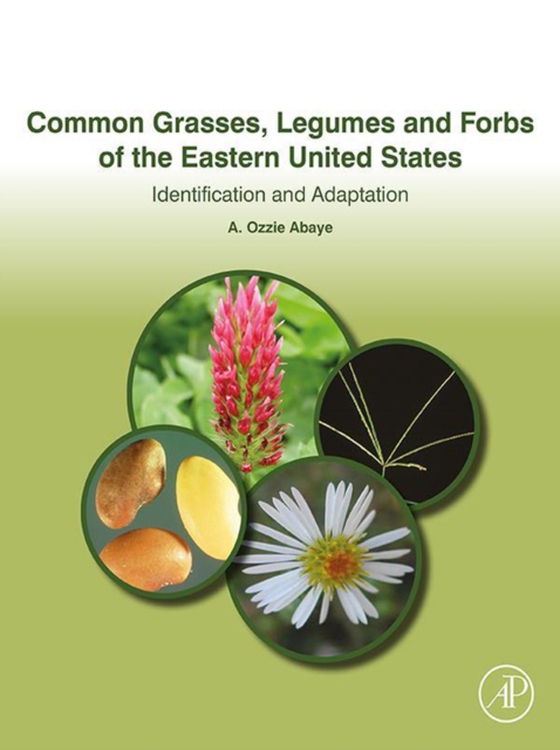
Common Grasses, Legumes and Forbs of the Eastern United States e-bog
802,25 DKK
(inkl. moms 1002,81 DKK)
Common Grasses, Legumes and Forbs of the Eastern United States: Identification and Adaptation presents photographic identification of the most important grassland, turf, and noncrop plants, and their seeds to facilitate quick identification in the field. Unlike many publications that focus solely on floral identification, this book emphasizes vegetative identification as well to allow for accur...
E-bog
802,25 DKK
Forlag
Academic Press
Udgivet
14 september 2018
Længde
410 sider
Genrer
TVK
Sprog
English
Format
pdf
Beskyttelse
LCP
ISBN
9780128139523
Common Grasses, Legumes and Forbs of the Eastern United States: Identification and Adaptation presents photographic identification of the most important grassland, turf, and noncrop plants, and their seeds to facilitate quick identification in the field. Unlike many publications that focus solely on floral identification, this book emphasizes vegetative identification as well to allow for accurate plant identification year-round. The book includes 23 forage legumes, 61 grasses, and more than 100 nonleguminous forbs found in pastures and grasslands of Eastern United States. In addition to identification of important species, the book describes other key characteristics such as adaptation, favorable and unfavorable soil types, seasonal growth patterns, and toxicity. For plants harvested for hay or silage or by grazing, the book also discusses cutting and grazing management, quality factors, and potential yields. Through its practical approach and comprehensive structure, Common Grasses, Legumes and Forbs of the Eastern United States is a valuable reference for farm advisors, teachers and students of agronomy, and for anyone interested in the dynamic relationship between plants and agriculture. Features full-color illustrations of both seed and plant, allowing for rapid identification at multiple stages of development Presents various identification methods and use cases for over 180 plants Details seasonal growth patterns and toxicity, as well as favorable and unfavorable soil types Discusses cutting and grazing management
 Dansk
Dansk

